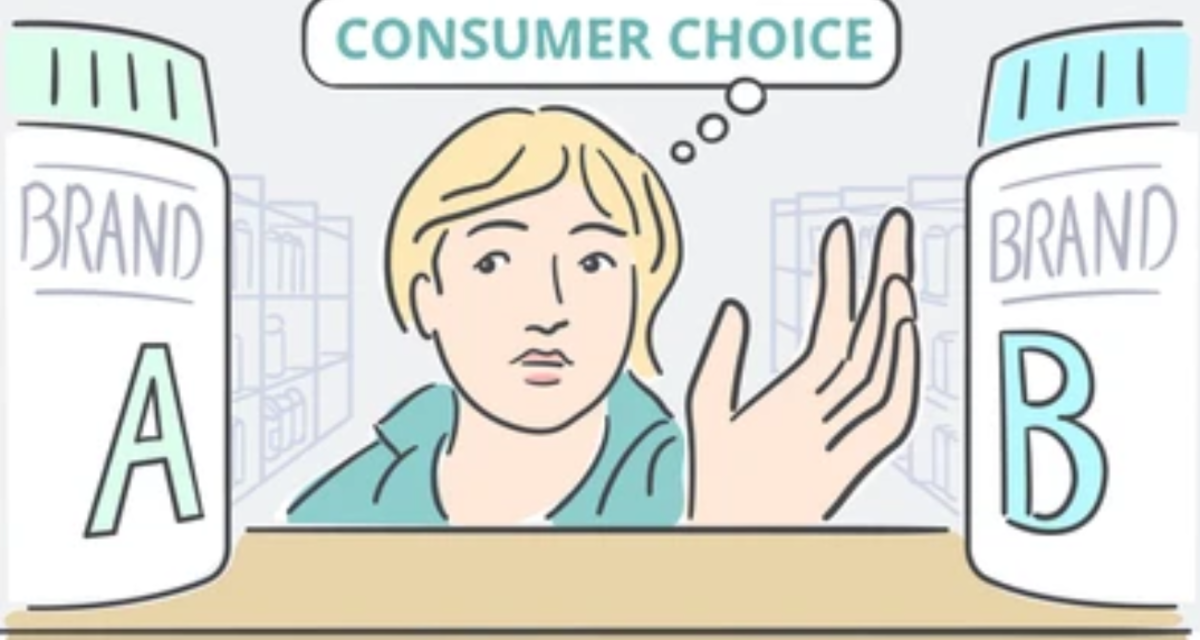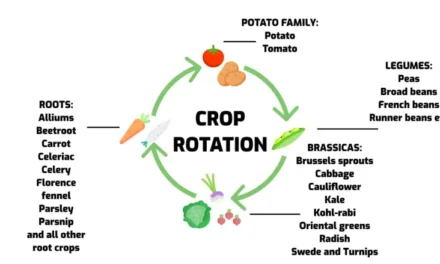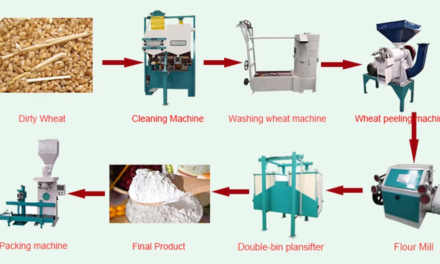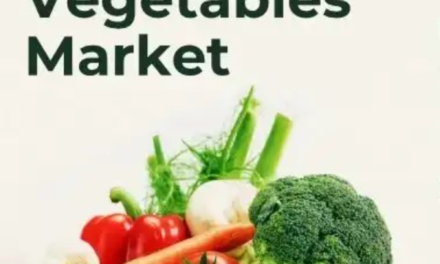Design plays a pivotal role in influencing consumer choices for packaged foods by shaping perceptions, guiding decisions, and enhancing the overall experience. Effective design combines aesthetics, functionality, and psychology to create packaging that resonates with target audiences. Here’s how design impacts consumer behavior:
1. Attracting Attention
- Role: Packaging design acts as the first point of contact between a product and a consumer, especially in crowded retail environments.
- Key Elements:
- Color: Bold, vibrant colors can attract attention, while muted tones convey premium or organic qualities.
- Typography: Clear, legible fonts with distinctive styling help the product stand out.
- Imagery: High-quality visuals or graphics communicate the product’s appeal instantly.
- Example: Brightly colored snack packaging with playful fonts appeals to children, while sleek black-and-gold designs signal luxury for premium chocolates.
2. Communicating Brand Identity
- Role: Design reflects the brand’s personality, values, and positioning, helping consumers connect emotionally with the product.
- Key Elements:
- Consistency: Use of logos, colors, and design elements that align with the brand’s image.
- Storytelling: Incorporating elements that tell a story about the product’s origins or benefits.
- Example: Sustainable brands often use earthy colors, minimalist designs, and eco-certification logos to convey environmental consciousness.
3. Highlighting Key Information
- Role: Packaging design organizes and presents essential details like product name, nutritional information, and benefits clearly and attractively.
- Key Elements:
- Hierarchy: Larger fonts for the product name or key benefits, with smaller fonts for secondary details.
- Icons and Symbols: Quick-reference visuals, such as “gluten-free” or “organic” badges, make the product more appealing to specific audiences.
- Example: Protein bars prominently display the protein content in bold numbers to appeal to fitness-conscious consumers.
4. Enhancing Functionality
- Role: Functional packaging design adds convenience, ensuring ease of use, storage, and disposal, which can influence repeat purchases.
- Key Elements:
- Resealable Packaging: Keeps food fresh and appeals to on-the-go lifestyles.
- Portion Control: Individual serving sizes or multi-packs cater to consumer preferences.
- Eco-Friendly Features: Biodegradable or recyclable materials appeal to environmentally conscious buyers.
- Example: Zipper pouches for snacks or cereals improve freshness and usability.
5. Influencing Perceived Quality
- Role: Packaging design shapes how consumers perceive the quality and value of a product.
- Key Elements:
- Material Choice: Glass, metal, or high-quality cardboard conveys premium quality compared to thin plastic.
- Finish: Matte or glossy finishes can signal luxury, while natural textures (like kraft paper) suggest authenticity.
- Example: Gourmet products like artisanal sauces or teas often use glass jars or embossed labels to evoke a sense of exclusivity.
6. Guiding Purchase Decisions
- Role: Packaging helps consumers decide quickly by making products easy to identify and compare.
- Key Elements:
- Clear Differentiation: Unique shapes, patterns, or colors distinguish a product from competitors.
- Transparent Windows: Allow consumers to see the product, building trust and reducing hesitation.
- Example: Transparent packaging for fresh produce or baked goods reassures consumers about product quality.
7. Evoking Emotional Responses
- Role: Packaging design taps into emotions to create a memorable experience or connection with the product.
- Key Elements:
- Nostalgia: Retro designs or vintage fonts evoke memories and a sense of familiarity.
- Playfulness: Whimsical graphics and interactive elements engage children and families.
- Example: Holiday-themed packaging with festive colors and shapes boosts seasonal sales.
8. Meeting Sustainability Expectations
- Role: Eco-conscious consumers are more likely to choose products with sustainable packaging.
- Key Elements:
- Eco-Credentials: Certifications like “100% recyclable” or “compostable.”
- Minimalist Design: Reflects a commitment to reducing waste.
- Example: Kraft paper packaging with soy-based inks appeals to environmentally aware shoppers.
9. Encouraging Impulse Purchases
- Role: Eye-catching and emotionally appealing designs entice consumers to make unplanned purchases.
- Key Elements:
- Limited Edition Designs: Create urgency and exclusivity.
- Innovative Shapes: Unique forms stand out and pique curiosity.
- Example: Candy packaging with bright colors and fun shapes attracts attention at checkout counters.
10. Enhancing User Experience
- Role: Good design ensures the packaging is not just attractive but also practical and enjoyable to use.
- Key Elements:
- Easy-to-Open Designs: Minimize frustration and improve convenience.
- Reusable Packaging: Adds value and encourages sustainability.
- Example: Jars that double as storage containers enhance utility and appeal.
Examples of Impactful Packaging Design
- Coca-Cola: Iconic contoured bottle design instantly recognizable worldwide, reinforcing brand identity.
- Innocent Drinks: Playful and conversational copy paired with minimalist, eco-friendly packaging appeals to younger audiences.
- Pringles: Unique canister design enhances freshness and distinguishes the brand in the snack aisle.
Conclusion
Packaging design plays a crucial role in consumer decision-making, influencing how a product is perceived, experienced, and remembered. By balancing visual appeal, functionality, and sustainability, food brands can create packaging that drives engagement, builds loyalty, and ultimately boosts sales.
Hashtags
#SustainablePackaging #EcoFriendlyDesign #PackagingSolutions #BrandRecognition #PackagingGoals #ConsumerExperience #PackagingInspiration #FoodIndustry #PackagingStrategy #VisualAppeal #PackagingGoals #PackagingTrends #PackagingDesignInspo #FoodPackagingIdeas #PackagingGoals #PackagingDesignTips #PackagingDesignInspiration #FoodPackagingDesign #PackagingDesignInspiration #PackagingDesignGoals









